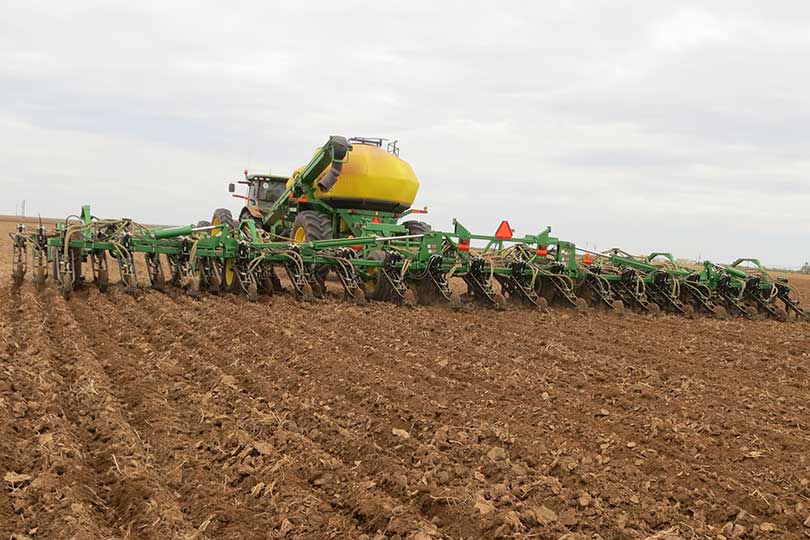A sense of uncertainty looms with each planting season. Markets, weather and pests can wreak havoc on a crop.
But advance preparation and planning are beneficial. And AgWeb shares six tips for accurate seed placement, which can help lead to a successful planting season and crop for farmers.
• Seed size does matter.
Order seed early to get the best quality seeds. Make sure it’s the appropriate size for your planter. And reference past records and in-field experiences to determine the appropriate seed size.
• Check the meter performance.
Make adjustments based on the style of the meter and the seed size. Correct calibrations and good mechanical conditions are needed for accurate seed placement. Set the meter where the seed is planting at the highest accuracy.
• Consider operating speed.
When setting meters, operating speed is vital. The meter, seed size and seed bed conditions control the operating speed. Depth and performance are affected if a row unit begins to bounce.
• Check your seed tubes.
Check for broken or worn seed tubes to prevent poor seed spacing. Seed tubes and guards should be replaced at the same time. For accurate seed placement, little or no vibration in the seed tubes is ideal.
• Determine optimum planting depth.
Temperature, soil conditions and moisture levels in the field should be evaluated and the planter set accordingly. Planting at the proper depth should allow the microenvironment around the seed to show adequate moisture levels to start the germination process. When evaluating planting depth, scrape back the soil to find the seed. Lay a ruler or flat item level across the furrow and measure from the item down to the seed.
• Duplicate your success.
What’s the largest impact on yield? Uniform emergence. All seeds need to germinate within 24 to 48 hours of one another to achieve uniform germination. Experts say that uneven emergence can reduce corn yields by 9 percent to 22 percent. Equal sunlight and soil for plants also is essential for achieving success.
Click here for more details from AgWeb.

